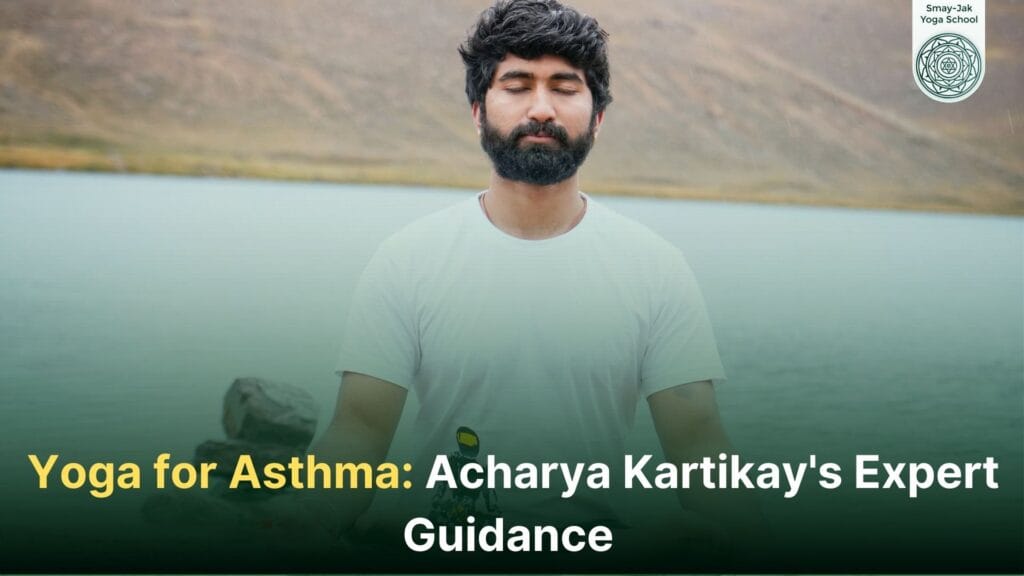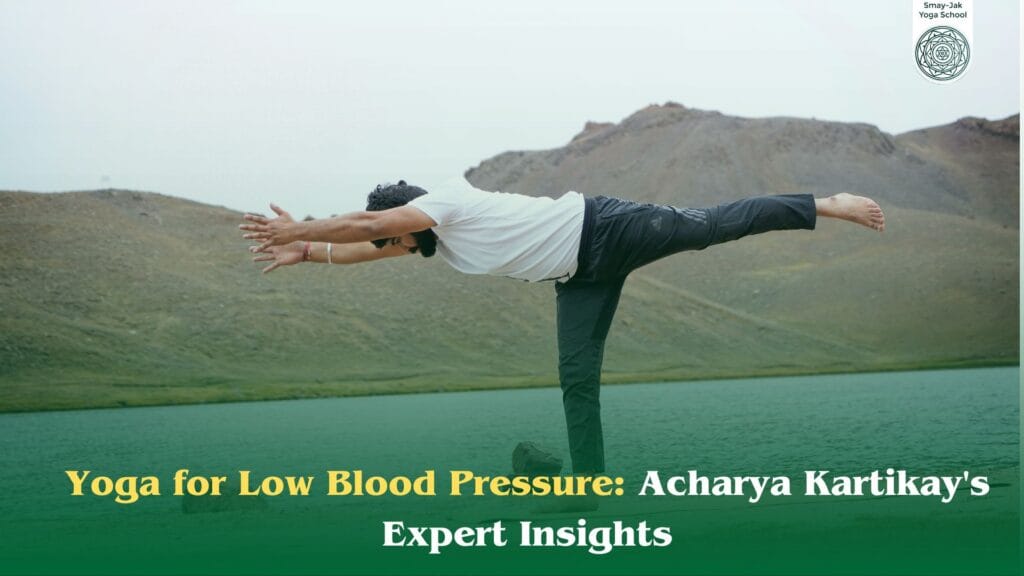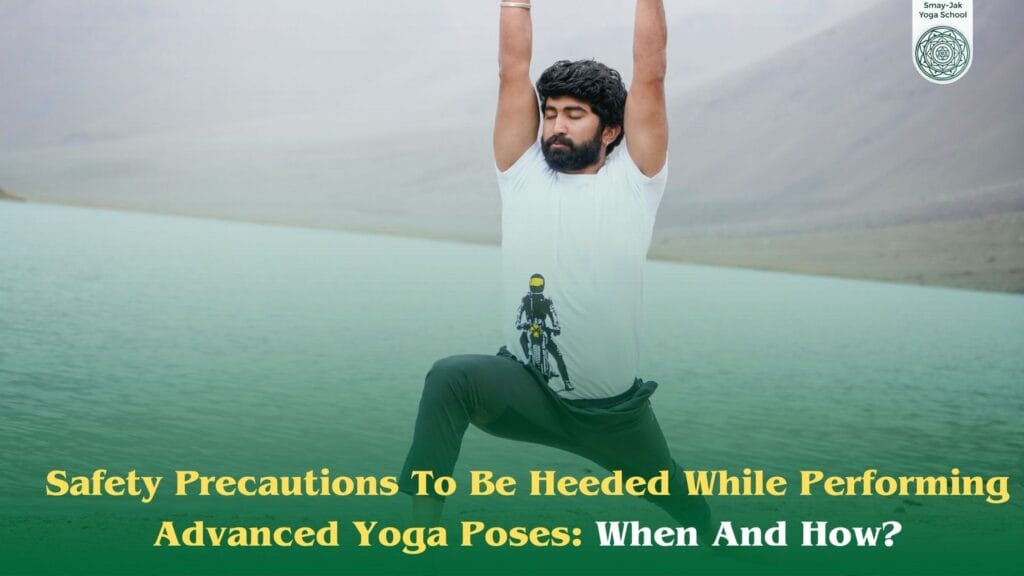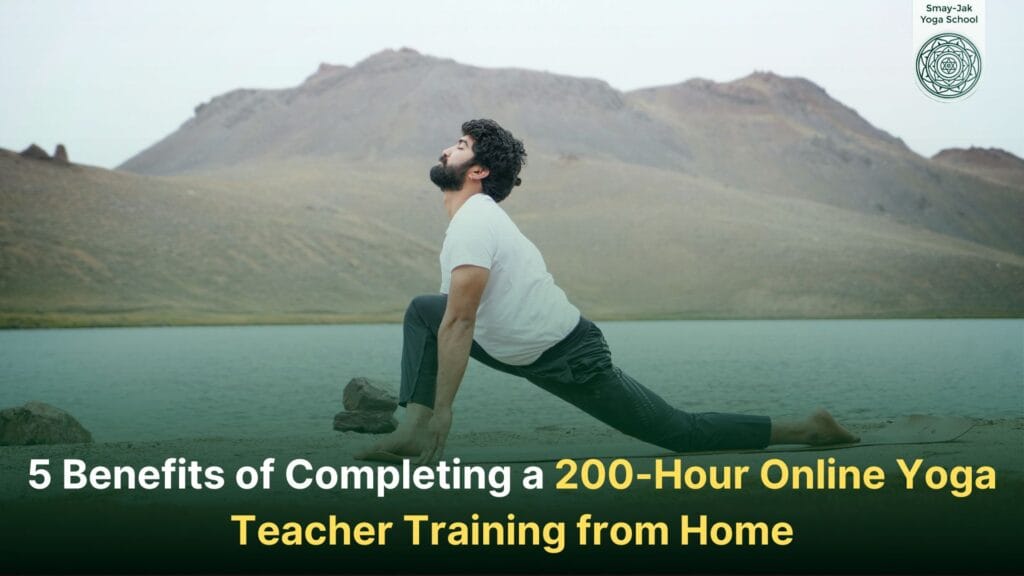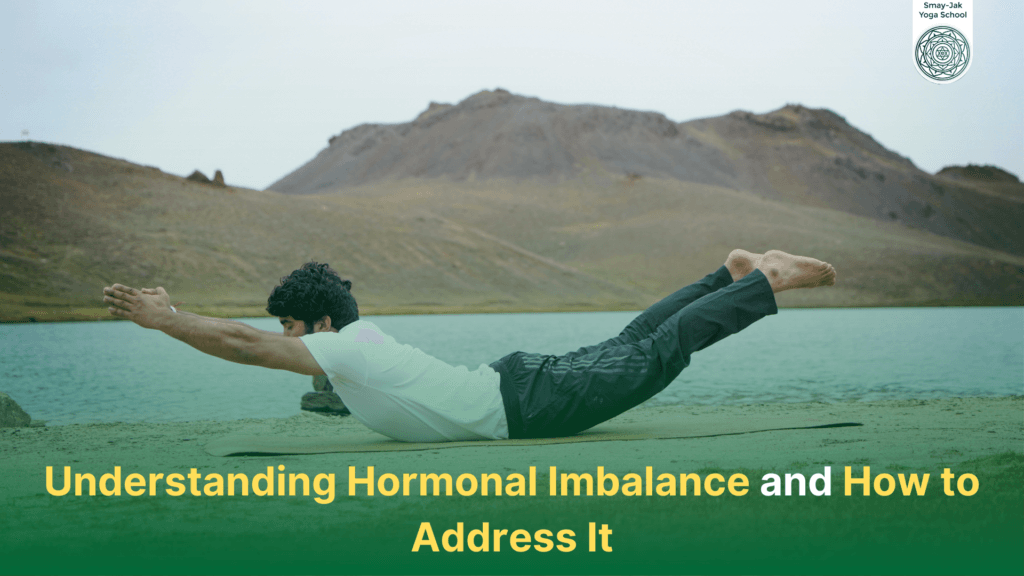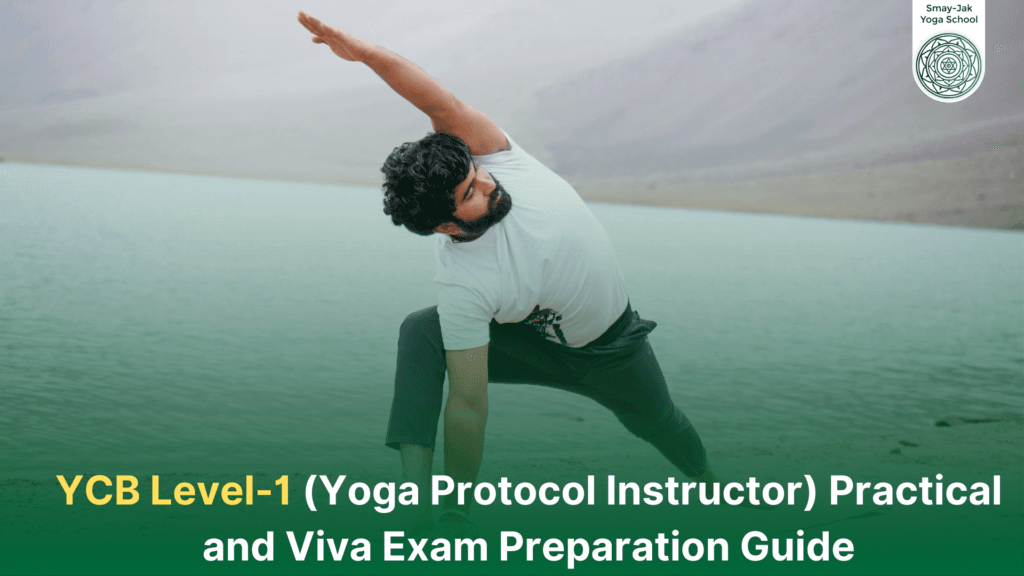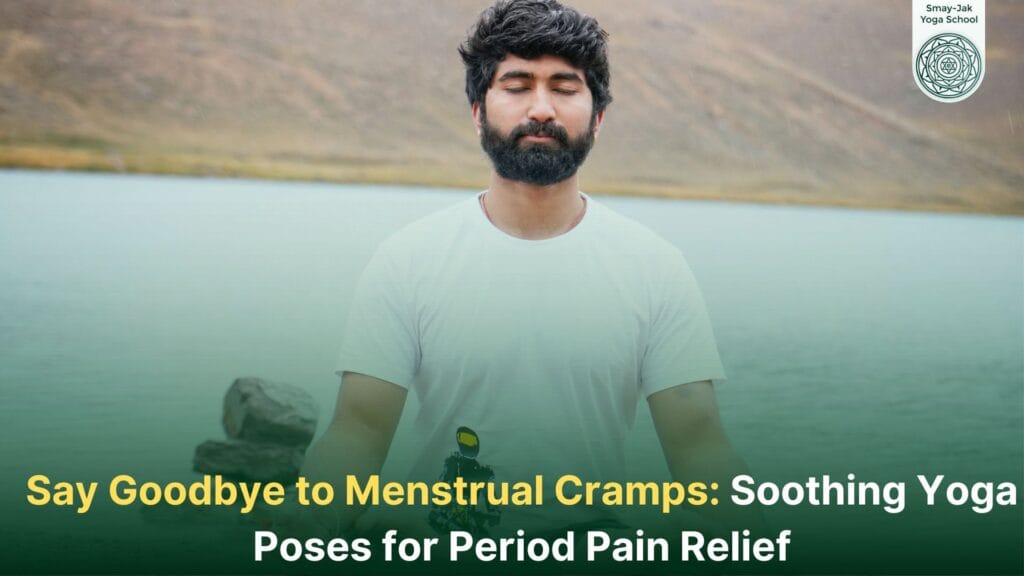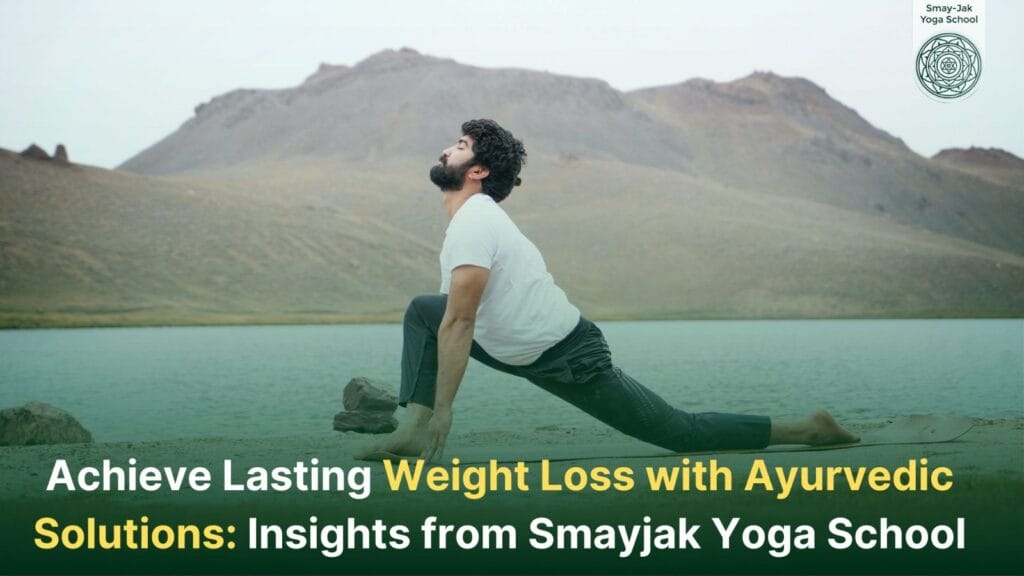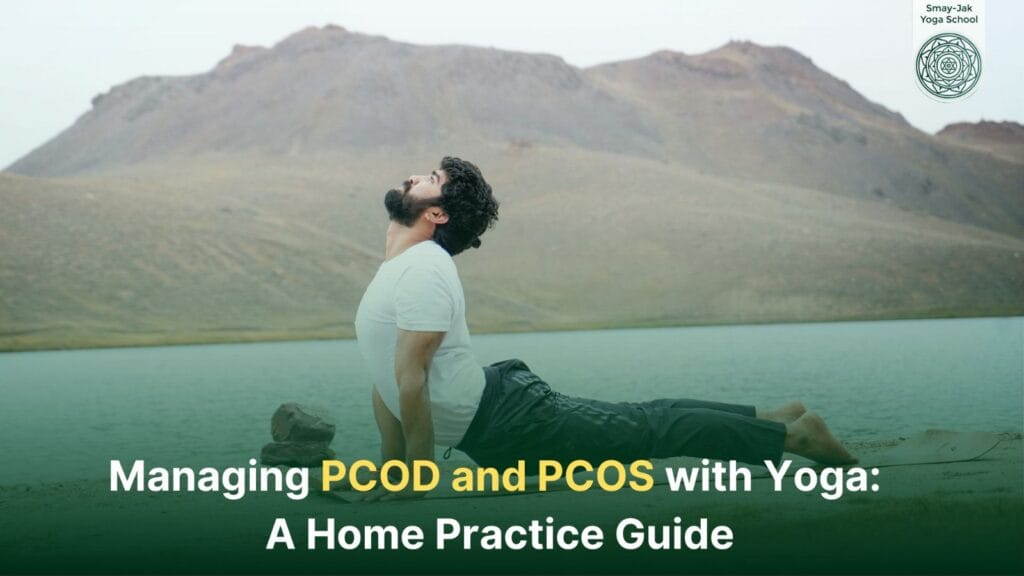Yoga for Asthma: Acharya Kartikay’s Expert Guidance
Asthma is yet another hidden battle for millions around the world. Almost 20 million people suffer from it in India alone. It can make every breath a fight for life and bring on anxiety, panic attacks, and superficial breathing. The insightful video by Acharya Kartikay goes deep into the understanding of asthma and provides yoga-centered ways to manage and overcome this respiratory disorder. Understanding the Impact of Asthma Different folks have their manifestation of asthma. It can be shallow breathing or anxiety conditions, including panic attacks- no breath really. Short breaths lead to their own cycle of panic and discomfort, which can even become fatal at times. But, Ashtanga Karthik Rise has said that this can be controlled through consistent yoga practices and Ayurveda. The Yoga-Based Solution Most treatments like inhalers and medicines give temporary relief but do not cure the disease itself. Yoga is a natural and holistic remedy. It’s possible to do breath exercises and yoga for just 30 minutes daily to improve lung capacity, and reduce anxiety and asthma according to Acharya Kartikay. Breathing Exercise for Asthma Relief Acharya Kartikay teaches a very simple yet effective breathing technique in the video: Sit up straight, aligning your spine and neck. Place the right hand on your abdomen. Inhale through both your nostrils, letting your stomach move outward. Empty your lungs by drawing the stomach in. Repeat this cycle 10 times. This works on diaphragmatic, restful, and lung- expanding breathing. Acharya says the breathing should be silent with a purely concentrated calmness in practice. Acharya Kartikay’s Comprehensive Course Acharya Kartikay has developed a 30-day course of pre-recorded pranayama sessions to help people tackle asthma and other related problems. These sessions focus on improving breathing patterns, reducing anxiety, and eventually weaning them off medication. Key Highlights of the Course: Term: period of 30 days requiring only 30 minutes time a day. Guided Sessions: Acharya observes learners’ progress and gives individualized guidance when required. Accessibility: Pre-recorded videos give flexibility for participants to practice anytime they want. Economic Cost: The course is available for a mere price of ₹299 which makes it affordable for everyone. Why Choose This Course? Asthma and anxiety are not confined by people; they run with families. It could change things for good if one recommended this course to family members. Consistency is the essential ingredient of lasting results, and the program of Acharya Kartikay keeps the participants stimulated and interested in their pursuit of health goals. The Importance of Early Action The serious problem of pollution has already been aggravated in cities like Delhi-NCR where it has made the condition worse for people with respiratory problems. There is a dire need now as the air pollution has increased to acquire preventive measures. This course teaches ways to breathe easier with asthma and has also been a valuable source of knowledge to live a healthier, pollution-resistant life. Just 30 minutes devoted to this course is a big step toward better respiratory health and improving general well-being. Sign up for the course to start a better breathing, less anxious life today. Acharya Kartikay’s expert guidance is your avenue to reclaiming control over your health.
Yoga for Asthma: Acharya Kartikay’s Expert Guidance Read More »
